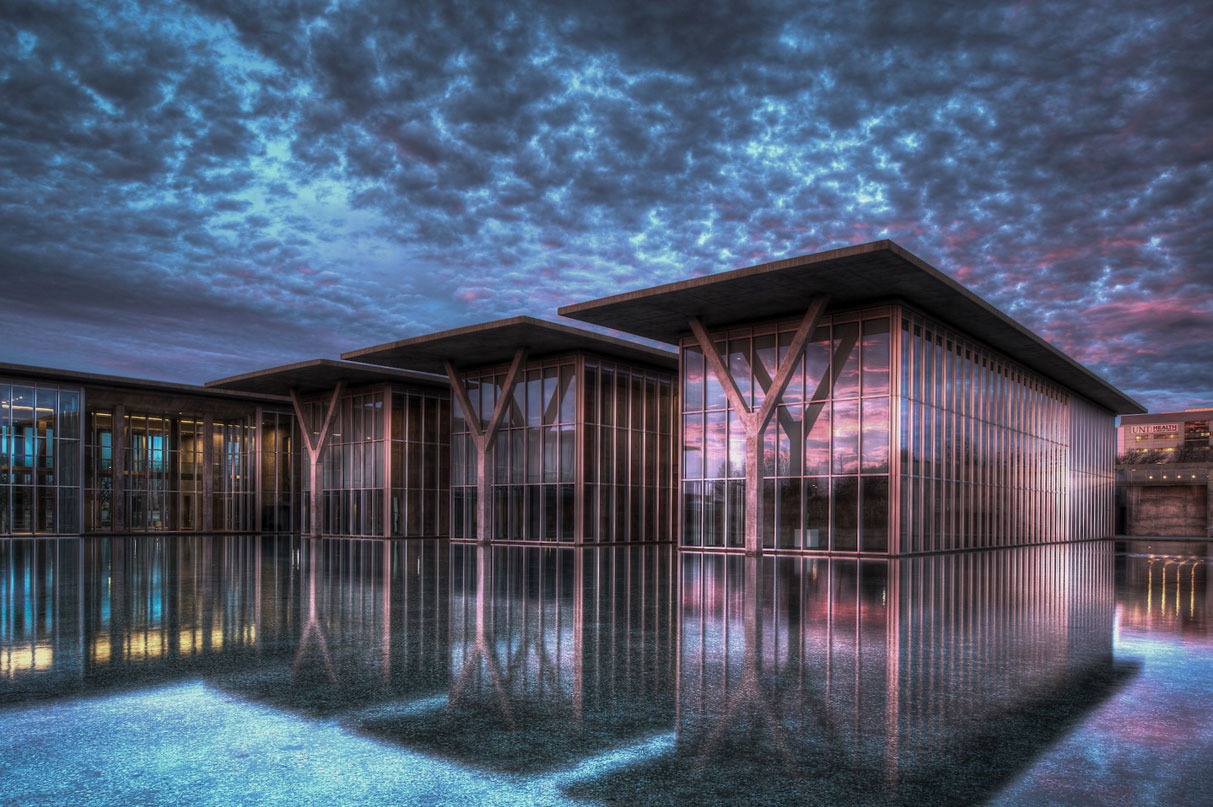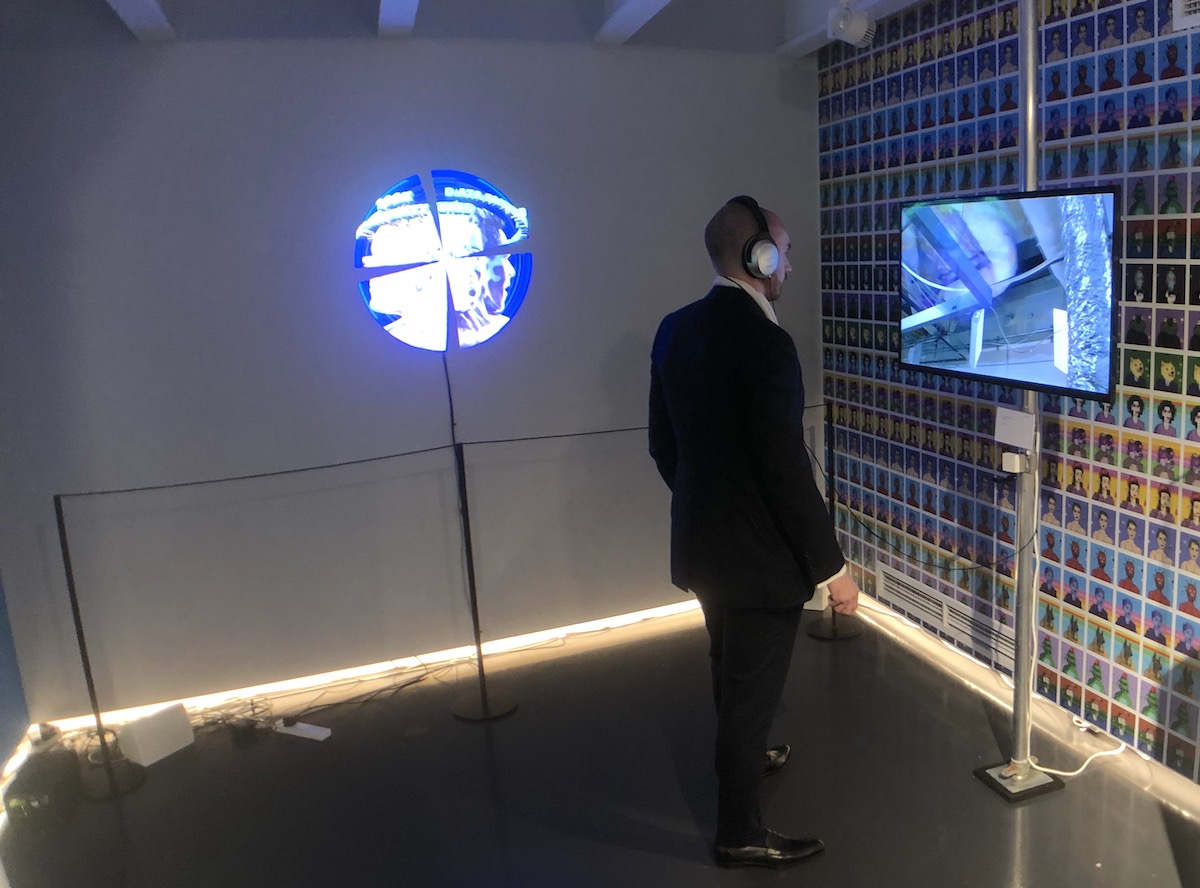Letter to a Turtledove
2020 - Film & Video (Film & Video)
20:55 minutes
Dana Kavelina
Letter to a Turtledove by Dana Kavelina is a short film based on a poem written by the artist. Delivered as a monologue and presented with subtitles, the poem encapsulates the traumas, grievances, horrors, dreams, and hallucinations that have descended upon Ukraine’s Donbass region since its invasion by Russia in 2014. Appropriating amateur footage shot during the war in the Donbass region, Kavelina’s film weaves sound and image into a poignant tapestry that considers the absurdity of war. The footage is spliced with Kavelina’s own animated segments, staged mise-en-scène, and archival footage of the Donbass from the 1930s. Kavelina’s reimagining of old tropes is a surreal and powerful anti-war film-poem. Originally conceived as a radio play, “Letter” actually refers to a radio signal, or call, addressed to a woman in the occupied territories. The film is an attempt to build an alternative optics through which to examine the conflict in Ukraine. It is an invitation to understand the war not through the lens of the “friend-enemy” paradigm, but through the “rapist-victim” dichotomy. While victimhood is typically understood as the confiscation or denial of one’s subjectivity, Kavelina’s film proposes victimhood as a status that possesses agency by absorbing and encapsulating violence.
Dana Kavelina is an artist and activist who works with video, animation, painting, illustration, and text. Through these mediums, Kavelina injects an artistic component into civic activism and protest. Her work considers vulnerability, personal and collective trauma, as well as historical and cultural perceptions of war that exceed conventional narratives. Her award-winning animated film About Mark Lvovich Tulpanov, Who Talked to Flowers (2017) depicts the events of the military conflict in Donbas, Ukraine through the lens of personal tragedies.
Colors:
Related works sharing similar palette

© » KADIST
He Xiangyu
2019He Xiangyu’s Terminal 3 presents excerpts from the lives of young African acrobats attending the Hebei Wuqiao Acrobatic Arts School in China...

© » KADIST
Jeamin Cha
2018In On Guard by Jeamin Cha, a security guard receives safety training, juxtaposed against his patrol of an empty building as he tries to give care instructions for his ailing mother over the phone...

© » ARTS EQUATOR
Female artists, art biennial to grace National Gallery this year (via The Jakarta Post) | ArtsEquator Thinking and Talking about Arts and Culture in Southeast Asia Articles Splash: Prelude II (2015) by Kinez Riza January 15, 2019 Indonesia’s arts scene is by no means lacking, yet most of its big names are men, with notable female artists largely unexplored...

© » KADIST
Hit Man Gurung
Hit Man Gurung’s series I Have to Feed Myself, My Family and My Country… addresses labor migration, a phenomenon prevalent in South Asian countries like Nepal...

© » ARTS EQUATOR
Monsters' Ink: A Fiend’s Diary & Heather | ArtsEquator Thinking and Talking about Arts and Culture in Southeast Asia Articles Tuckys Photography December 2, 2019 By Nabilah Said (1,500 words, 7-minute read) Spoiler Alert: The following contains major spoilers for the shows A Fiend’s Diary and Heather...

© » ARTS EQUATOR
WINDOW by ATTEMPTS: A click away | ArtsEquator Skip to content What is this show? Rei Poh (Rei): During the Circuit Breaker when we had a sudden lockdown, we decided to start online game nights where we could just play games, and actually give ourselves a reason to check in with one another, make sure everybody is okay...

© » ARTS EQUATOR
Weekly Southeast Asia Radar: Burmese hip hop, and queer Vietnamese singer Tuimi | ArtsEquator Thinking and Talking about Arts and Culture in Southeast Asia Articles Via Myanmar Times August 28, 2019 ArtsEquator’s Southeast Asia Radar features articles and posts about arts and culture in Southeast Asia, drawn from local and regional websites and publications – aggregated content from outside sources, so we are exposed to a multitude of voices in the region...

© » KADIST
Felipe Dulzaides
2006I Am Cuba— “Soy Cuba” in Spanish; “Ya Kuba” in Russian—is a Soviet/Cuban film produced in 1964 by director Mikhail Kalatozov at Mosfilm...

© » KADIST
Dread Scott
2022In conjunction with his first NFT sale of White Male Dread Scott made and circulated a poster titled Whites For Sale ...








